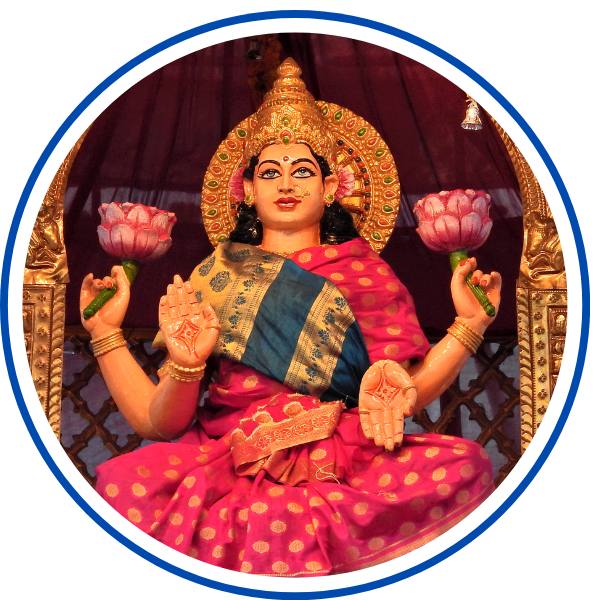
GODDESS
"To delve into history is to light a timeless flame, where every page whispers an ancient name."
Goddesses are female divine entities and big part of mythology. Their representation is often influenced by cultural views of womanhood and femininity. This is reflected in many themes such as beauty, love, sexuality, motherhood, home life, creative spirit, and fertility. For instance, the ancient mother goddess cult illustrates this. Goddesses are often connected with various aspects including magic, war, strategy, hunting, agriculture, wisdom, destiny, earthly and heavenly bodies, power, law, justice, and more.
Some even represent negative traits like discord or illness in their cultural backgrounds. Goddesses come in many forms, just like gods, who can be male, shapeshifting, or non-gendered. In certain faiths, a holy female figure is vital in religious rituals and worship. For instance, in Shaktism (one of the three main Hindu sects), Mahadevi (the Supreme Goddess), is held as the ultimate god, embodying all reality.
In certain versions of Tantric Shaivism, God’s creative power is represented by the goddess in the divine pair of Shiva and Shakti. Vajrayana Buddhism views ultimate reality as a combination shown as two interlaced deities (yab yum, “father-mother”) symbolising the unifying principles of wisdom (female) and compassion (male). Polytheist faiths, including polytheistic reconstructionist, pay tribute to various gods and goddesses. They typically consider them as unique, individual entities. They may fit into a chosen pantheon, or separate regions might worship their guardian deities.
READ MORE , UPDATE YOURSELVE MORE..













